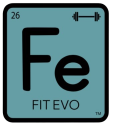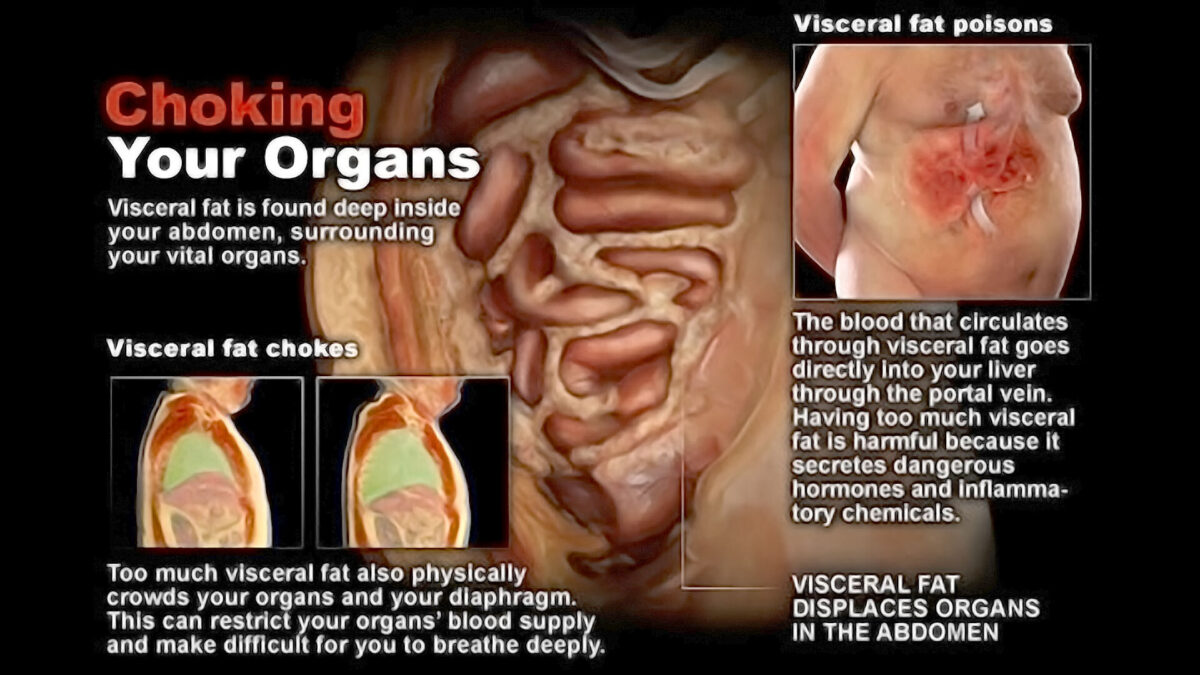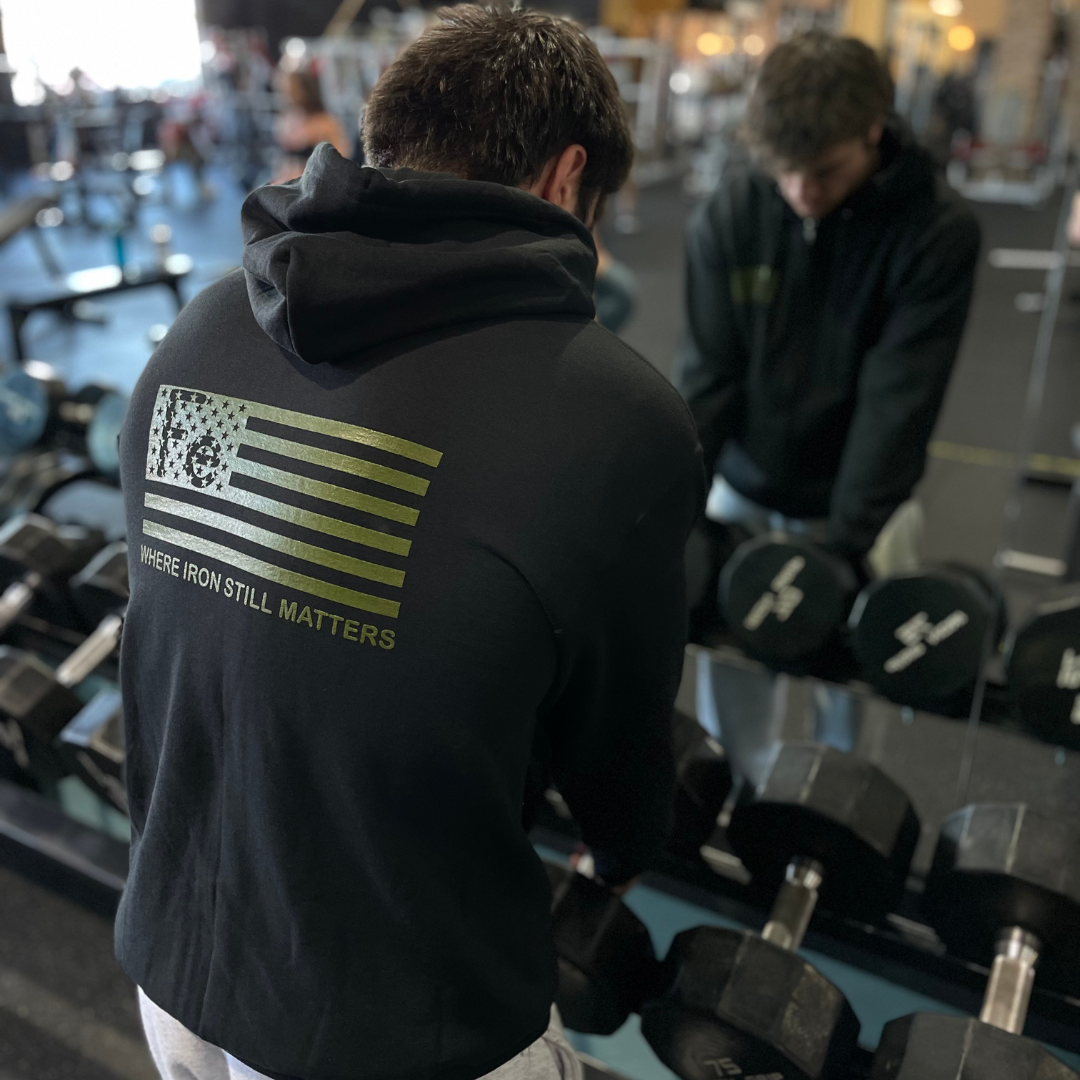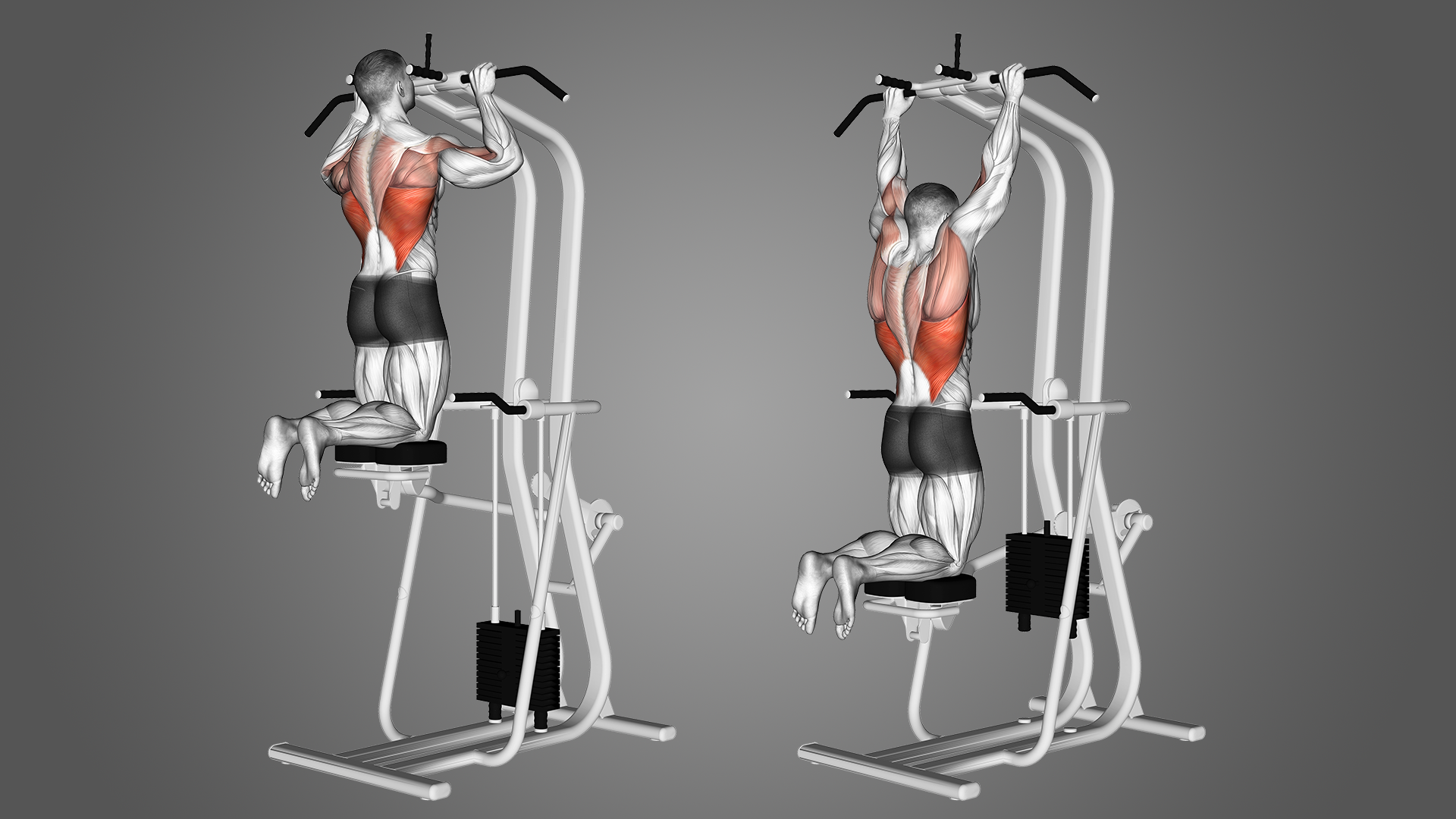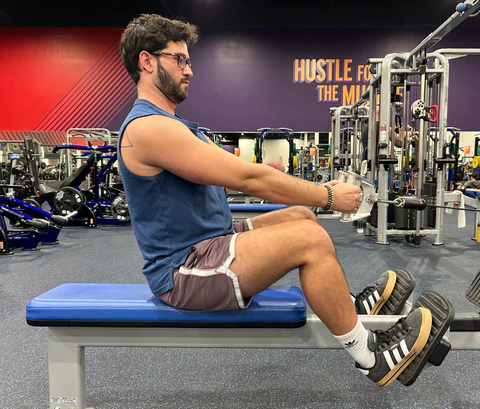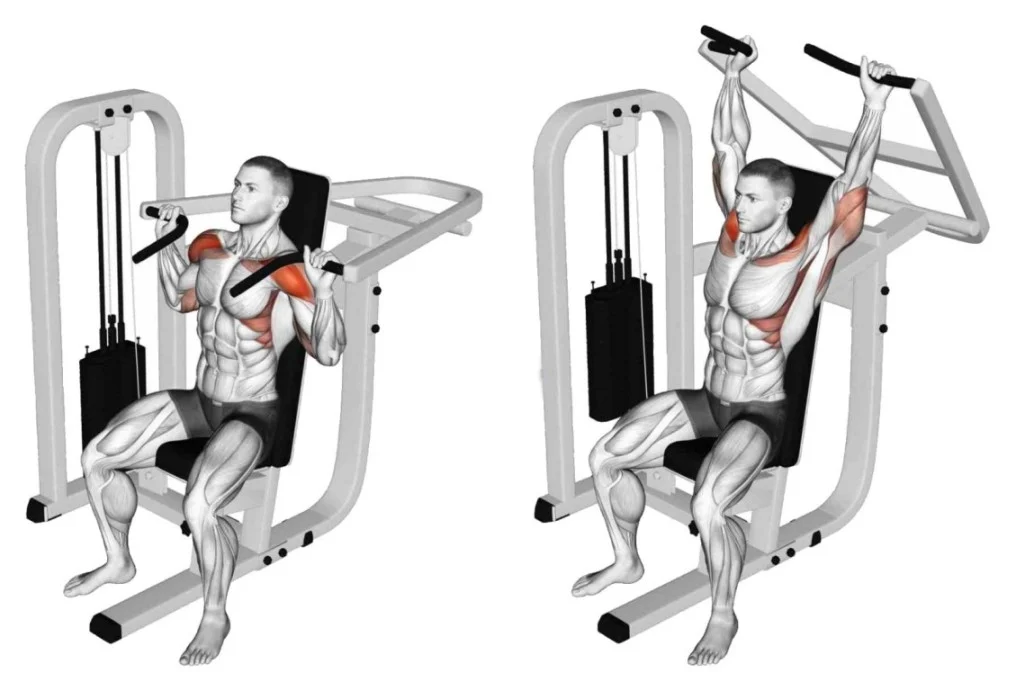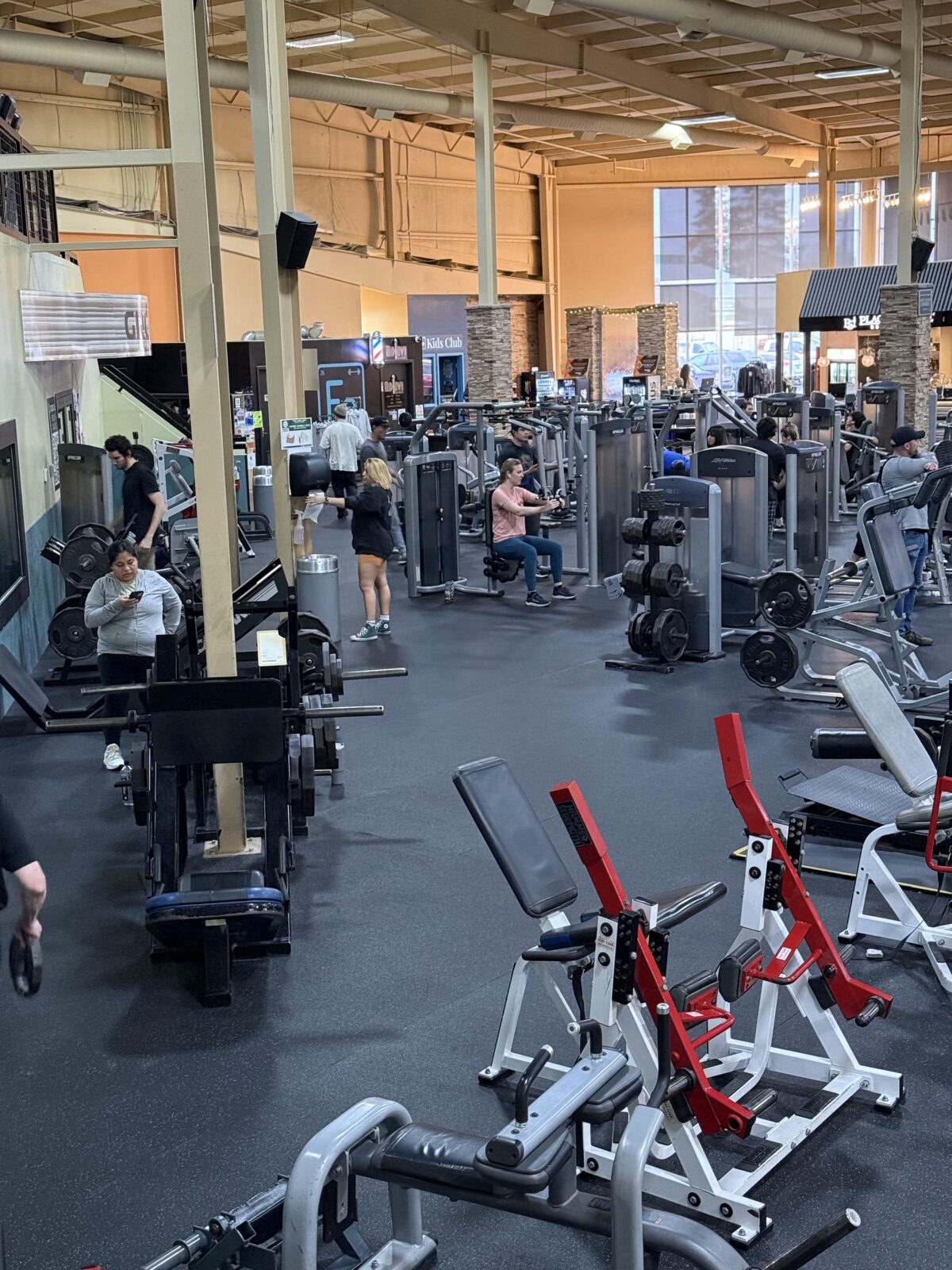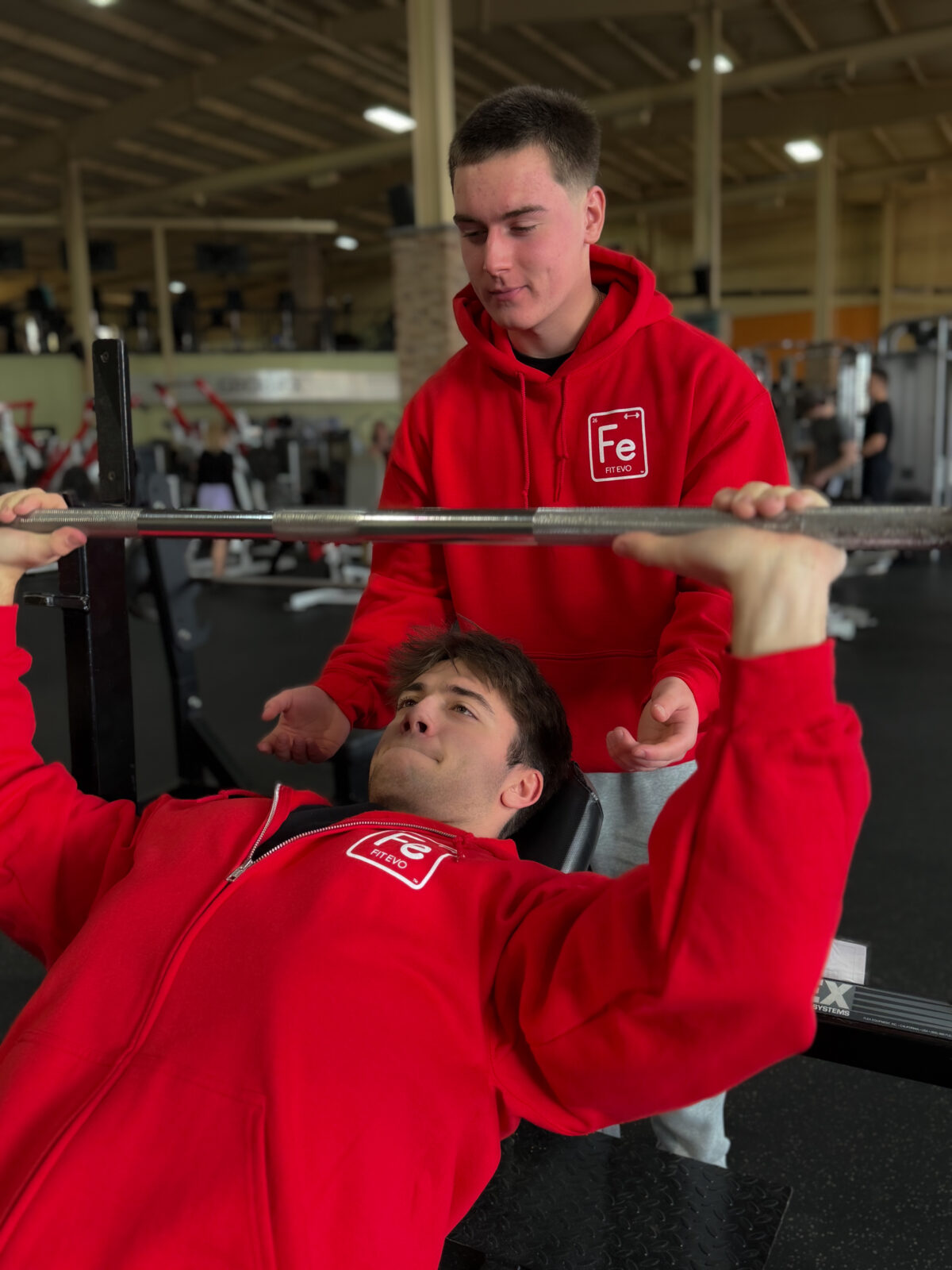Why Exercise Matters at Any Age (Especially for Seniors!)
- Post author By Mike Wil
- Post date June 30, 2025
- No Comments on Why Exercise Matters at Any Age (Especially for Seniors!)
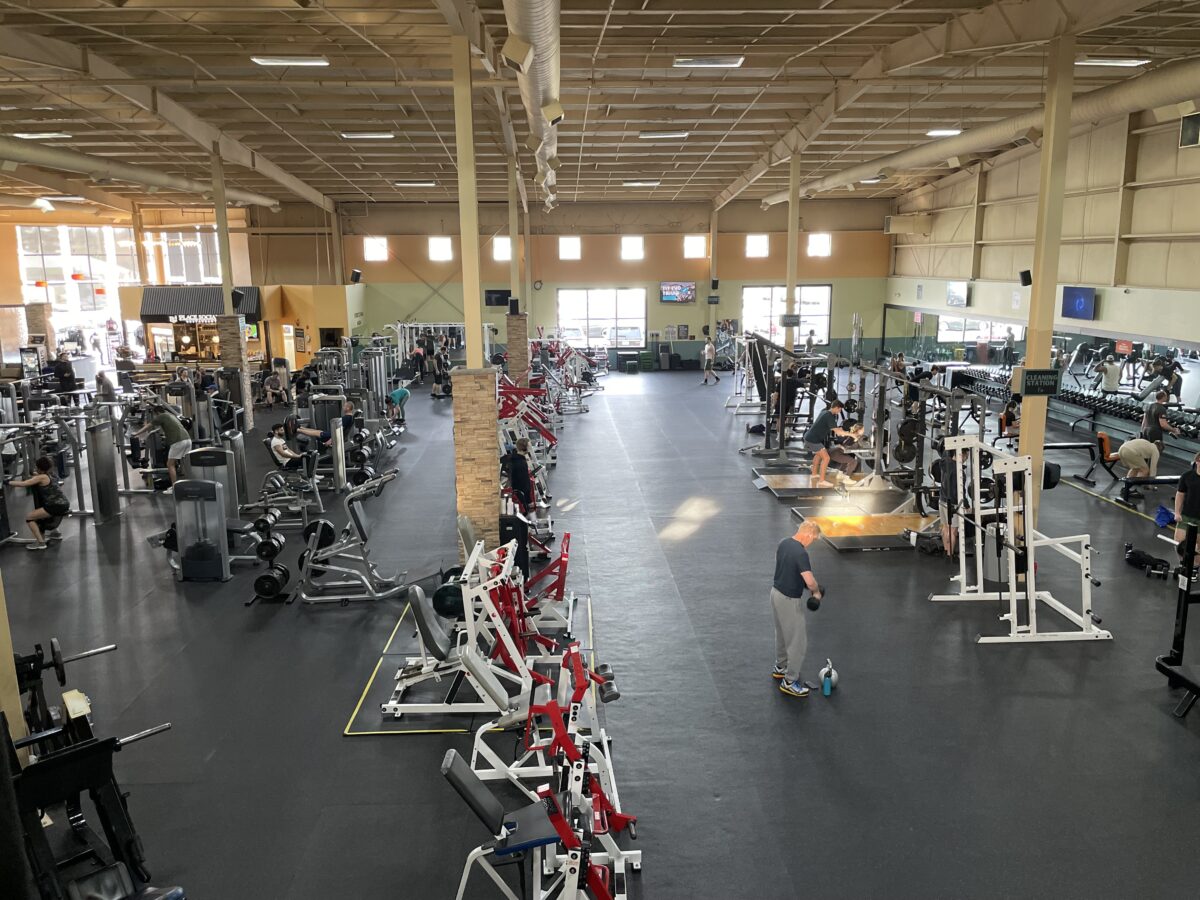
If you’ve been searching for “exercise classes for seniors near me,” you’re not alone. Lots of people want to stay active as they age—but finding the right class that feels good, fits your schedule, and isn’t too intense can take a little digging. We’ve got you covered!
Before we jump in, just a quick note: We’re not doctors. Everything here is based on research and experience, but always check in with a medical pro if you have any health concerns.
Why Exercise Matters at Any Age (Especially for Seniors!)
Staying active as you age isn’t about doing backflips at the gym. It’s about feeling better, moving easier, and enjoying life more.
Here’s why exercise is such a win for seniors:
- Helps with balance and coordination (less chance of falls!)
- Boosts mood and brain health
- Keeps joints and muscles strong
- Can improve sleep and energy levels
- Supports independence
- Reduces the risk of chronic illness
And the best part? You don’t need to go hardcore. Gentle movement goes a long way.
What Types of Senior Exercise Classes Are Out There?
You’ve got options! Depending on your fitness level and what sounds fun, here are some popular types of classes to look for:
1. Chair Yoga
Gentle stretches and slow movements, all while seated. Perfect for beginners or folks with limited mobility. It’s a great way to get flexibility without standing.
2. Water Aerobics
Easy on the joints, but still gives you a great workout. Water supports the body and allows a full range of motion. Most community pools or rec centers offer these.
3. Tai Chi
Think of it like slow-motion martial arts. It helps with balance, coordination, and stress. Tai Chi is also shown to reduce the risk of falling.
4. Zumba Gold
A dance-based cardio class made just for seniors. It’s fun, upbeat, and low-impact. Expect great music, light movement, and maybe a few laughs!
5. Strength Training
Classes that use light weights or resistance bands. These help keep muscles strong (and bones too!). Some classes are even seated for extra safety.
6. Balance & Mobility Classes
These focus on improving your everyday movement. They can help you stay steady on your feet and prevent falls.
7. Walking Groups or Clubs
A great social option that’s good for your heart, joints, and mind. Some cities even have mall walking programs—weatherproof and safe!
8. Stretching or Flexibility Classes
Focused on staying limber and reducing stiffness. They’re usually very mellow and a great way to wind down.
9. Low-Impact Aerobics
A gentle way to get your heart pumping. These classes are usually choreographed to music and help with endurance.
10. Dance Classes
From ballroom to line dancing, movement with music is great for coordination and memory—and it’s just plain fun!
Where to Find Senior Exercise Classes Near You
You can usually find local exercise classes through:
- Community Centers: Most towns have them, and they often offer low-cost senior programs.
- YMCA or YWCA: They almost always have senior-friendly fitness options with a wide variety of classes.
- Parks & Rec Departments: Check your city’s website!
- Local Gyms: Many now offer senior-focused classes or gentle fitness schedules. Some even have SilverSneakers memberships.
- Churches or Faith Groups: These often host weekly movement classes and social events.
- Health Clinics or Hospitals: Some offer community wellness programs for seniors.
- Online: Look for virtual options if leaving the house is tricky or you just like to move at home.
- Facebook Community Groups: Often have local class recommendations!
Try searching these exact phrases to find something nearby:
- “exercise classes for seniors near me”
- “senior fitness classes near me”
- “gentle workout for seniors in [your city]”
What to Look For in a Good Class
Not all classes are created equal! Here’s what makes a senior-friendly class stand out:
- Instructor understands older adults’ needs
- Class is low-impact and joint-safe
- Offers modifications or options for different fitness levels
- You feel welcome and comfortable
- Time and location fit your lifestyle
- Has a friendly and supportive atmosphere
- Includes warm-up and cool-down periods
Don’t be afraid to try a few until you find your fit. The right class will make you want to come back!
Starting small builds confidence and avoids burnout. Even 10–15 minutes of gentle movement a day makes a big difference.
Tips for Getting Started
Start slow. Your body will thank you.
Bring water and wear comfy clothes.
Don’t compare yourself to others.
Listen to your body. If something feels wrong, stop.
Celebrate your wins. Showing up is a win!
Ask questions. Instructors are there to help you.
Find a buddy. Everything’s more fun with a friend!
Some days you won’t feel like showing up. That’s okay. The key is to keep going—slow and steady wins the race.
Put classes on your calendar so they become part of your routine.
Reward yourself after a workout (even just a cup of tea and a smile).
Join a class with social elements—it’s easier to stay consistent when friends are waiting for you.
Exercise Safety 101
Again, we’re not doctors, so here’s just friendly advice:
Talk to your doctor before starting any new fitness plan, especially if you have heart issues, joint problems, or other medical concerns.
Look for classes labeled “senior” or “gentle” to be safe.
Let your instructor know if you have any limitations.
Always warm up and cool down.
Virtual Classes for Seniors
Can’t make it in person? No problem. Many seniors love online classes because they offer flexibility and comfort from home.
Popular platforms to try:
YouTube: Try channels like “Senior Fitness with Meredith” or “HASfit”.
SilverSneakers: Includes live and on-demand classes.
Zoom Classes from Local Gyms: Many offer a hybrid option now.
Facebook Live: Community centers often go live with weekly classes.
Make sure your internet connection is solid, your space is clear, and your camera is on (if needed).
What is the best exercise class for seniors?
Chair yoga, tai chi, and water aerobics are some of the best because they’re gentle, improve balance, and are easy on the joints.
Do seniors get a free gym membership?
Some gyms offer free or discounted memberships through programs like SilverSneakers, often available with certain Medicare plans.
Is there a free exercise program for seniors?
Yes! Many community centers, churches, and online platforms offer free senior fitness programs both in person and virtually.
How many days a week should a 70 year old exercise?
Most health experts recommend 3–5 days a week of light to moderate activity, depending on your health and fitness level.
If you’ve been putting off searching for “senior exercise classes near me,” there’s no better time than now. Whether it’s chair yoga, tai chi, or walking with friends, moving your body feels good—and you deserve to feel your best.
You don’t need to go far, spend a ton of money, or do anything extreme. Just take the first step. Your future self will thank you.
Even one class a week can boost your energy, confidence, and joy. So get out there (or log in at home) and have fun moving. You’ve got this!
Quick Tip: Try typing “exercise classes near me for seniors” into Google along with your zip code. You’ll be amazed at what’s just around the corner!
